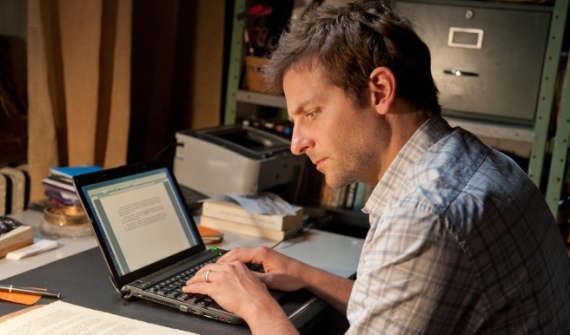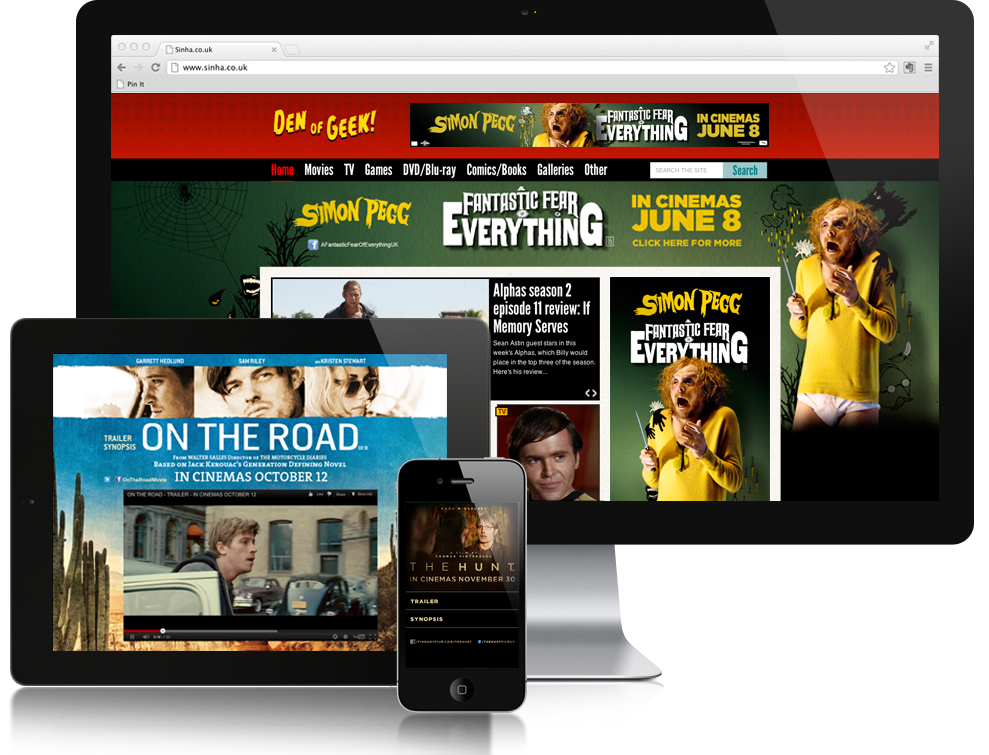The background is a mild, dull grey-ish tone which may reflect what the parents personality is. Blue is the matching colour between the table accessories and the women's clothing which may suggest she is in charge of the household. She is portraying the traditional family view of the expressive role. The flowers in the middle of the table are bright red which may represent the only love holding the family together being the girl and the sexual nature holding the two adults together.
Costume
The man in this picture is wearing very formal, dull coloured clothing. This may be impacted by the fact his life is also, dull and boring. He's dressed in clothes that are maybe older than his age showing he's comfortable and not bothered what others think. The women on the other hand seems to take care of what she looks like. The silk shirt and formal accessories suggest a large amount of wealth which she has and that she may be dressing the way she does to attract and for sexual pleasure, agreeing with Laura Mulvey's male gaze concept.
Lighting
The overall lighting in this still is fairly dark and eerie. The parents are in the dark which shows gloom and hatred towards the two characters. The daughter is in the light, literally showing shes the light and heart of the family and keeping it going. The curtains drawn may reveal that the family are stopping the light coming in from outside, they are hiding their problems from the world. The lit candles in the middle suggest the girl has the power as she is the one in the light. Also, the candles are only temporary which could portray the daughters existence in the family. She will grow up and leave just like the candles will burn out and die. The lamp turned off may be broken and need fixing to turn the light on, just like the families problems may need fixing. The mother is further away from the light showing she may have given up, leaning out of the light not wanting to be seen. The father is more in the light than the mother showing he has a little more hope trying to make things better, he may have done something wrong and trying to make it better.
Body Language & Posture
The mothers posture is very upright and slightly leaned back, suggesting she doesn't want to be involved in the conversation. Her elbows are off the table showing she has good manners.No-one is looking at her either which shows maybe shes being ignored. The father is leaning forward showing his need to be wanted and keen involvement in the conversation. He is upright and has his elbows off the table suggesting he was brought up with good manners. The daughter is slouched and has her elbows on the table showing she is a stereotypical rebellious teenager and has very little manners.
Framing
The characters are equally spaced where they are sat, with the girl in the middle. She is in the middle showing she's the focus of the family and that the two adults are only there because she is there. They are all sat round the table and at a parallel to the candles.
Hair & Make-up
the woman has short hair which is quite formal. The length may be to suite her lifestyle so it doesn't get it the way. Her face looks contoured showing she takes pride in her appearance. The girl has fairly simple hair and make-up which gives her an innocent and youthful look due to her glowing skin. Though the heavy eye make-up and lipstick shows the older side to her. It also suggests sexuality and seduction. The man has a formal, old-fashioned haircut which makes him look like the man of the house and more common. The receding hairline shows his age and the stress he may have in his life.
Setting & Props
The parents are equally spaced apart from the daughter in the middle. They are quite a way from her which may be because they are scared of her. The candles, flowers and other ornaments on the table are all positioned around the girl, giving the impression that she is the centre of attention. The parents both have their elbows off the table, though there is contrast where the girl does have her elbows on the table, showing rebellion.
Facial Expressions
the girl has a very sarcastic, rebellious look to her which may be due to her not agreeing with something. She has a similar expression to her mum, who has more of a emotionless, concerned look to her. They are both looking at the man but the woman may be giving a more 'wife death stare' as she doesn't look amused. The daughter doesn't look amused either and so they may be ganging up on the male. However, he looks the most comfortable in the room. He's smiling and looks raring to go or ready to speak his thoughts to the family.










